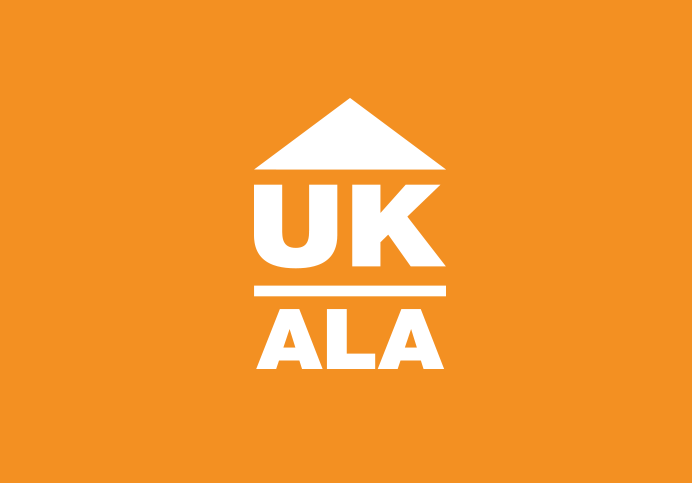
Types of Mortgage
There are a number of types of buy-to-let mortgage available in the market place that are priced and structured in different ways, which can affect the overall cost of the product. Therefore it is important to consider the benefit of each type when selecting a mortgage.
Before detailing the different types, there are three important abbreviations commonly used in the buy-to-let mortgage market – BBR, LIBOR and SVR. These are defined below:
There are a number of types of buy-to-let mortgage available in the market place that are priced and structured in different ways, which can affect the overall cost of the product. Therefore it is important to consider the benefit of each type when selecting a mortgage.
Before detailing the different types, there are three important abbreviations commonly used in the buy-to-let mortgage market – BBR, LIBOR and SVR. These are defined below:
BBR: Bank of England Base Rate is the interest rate that the Bank of England charges banks for overnight lending. The Monetary Policy Committee meets monthly to consider and recommend changes to BBR. Some mortgages lenders use BBR to fix their own interest rates – usually expressed as a percentage rate above BBR e.g. BBR 3.99%.
LIBOR: London Interbank Offered Rate is the average interest rate that leading banks in London charge when lending to other banks and it is calculated on a daily basis. Banks can borrow money for one day, one month, 3 months, one year etc. Some mortgage lenders use LIBOR to fix their own interest rates – usually expressed as a percentage rate above LIBOR e.g. LIBOR 3.50%.
SVR: Standard Variable Rate is the standard interest rate set by mortgage lenders and is usually based on BBR or LIBOR. This is the interest rate that customers will normally pay once the initial fixed or discounted period for the mortgage product has ended. A lender’s SVR is subject to change at any time.
Types of Mortgage
1. Fixed
A fixed rate mortgage is guaranteed not to fluctuate over a specified period of time. Many landlords choose to fix their mortgage rate in order have certainty and control over their business costs. After the fixed rate period has ended the interest rate will normally revert to the lender’s SVR, so it may be beneficial to consider remortgaging at this point.
2. Tracker
A tracker mortgage will fluctuate in line with changes to BBR or LIBOR, depending on which interest rate it is tracking. Tracker products often have an attractive initial rate for a specified period before reverting to the lender’s SVR. Tracker mortgages may be have a lower initial rate than fixed rates during the incentive period, but come with a higher level of risk in uncertain market conditions.
3. Variable Discount
A variable discounted mortgage normally offers a discount off the lender’s SVR for a specified period of time before reverting to the SVR. Discounted products can provide good initial rates, but are subject to fluctuations according the lender’s interest rate changes.
4. Capped
A capped mortgage is similar to a fixed rate in that it will not rise above a specified limit during the capped rate period, however, if the lender’s SVR falls the interest rate paid on the capped product will also fall. Capped rates can offer peace of mind, but are generally higher than the equivalent fixed rate.